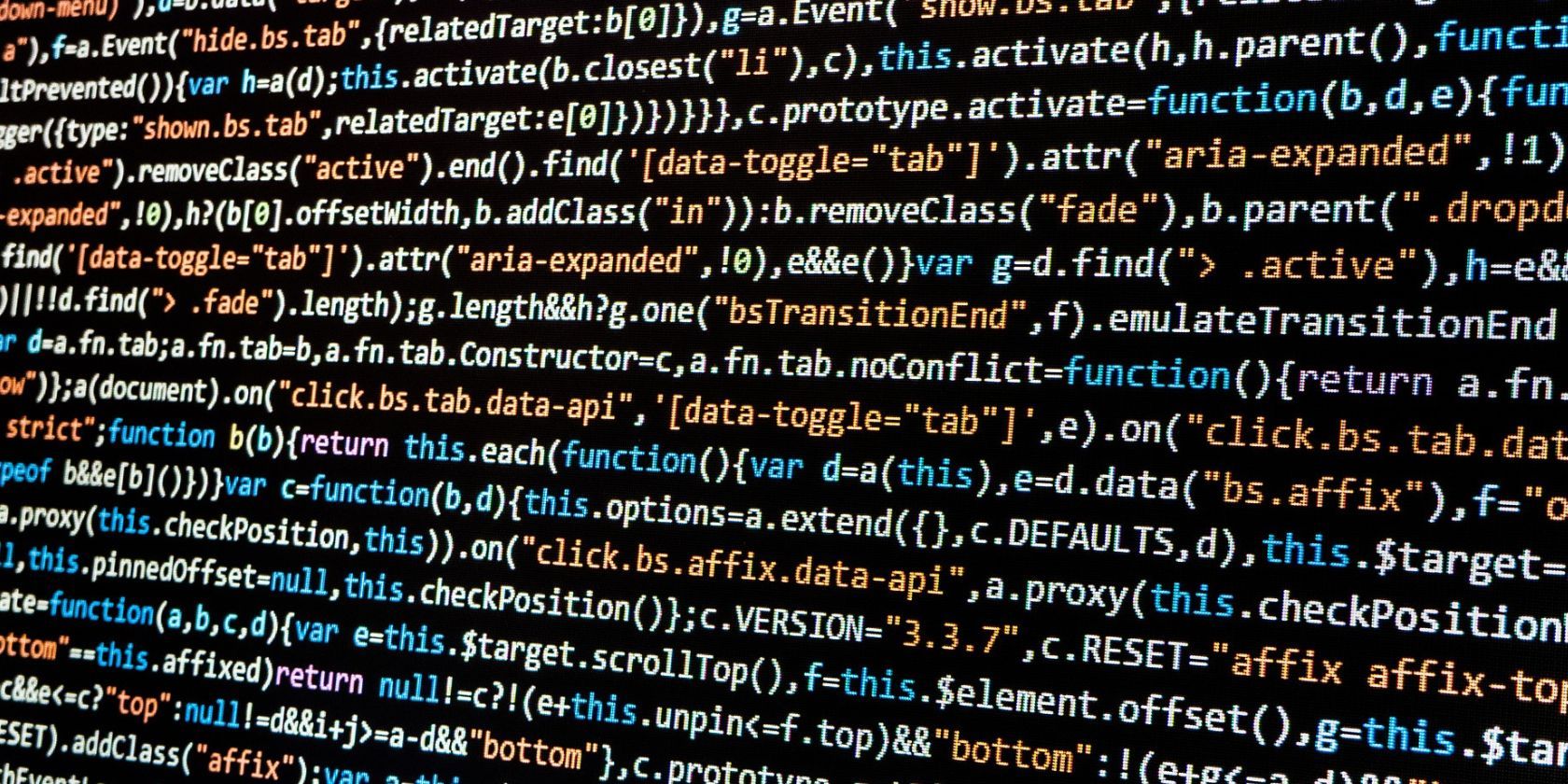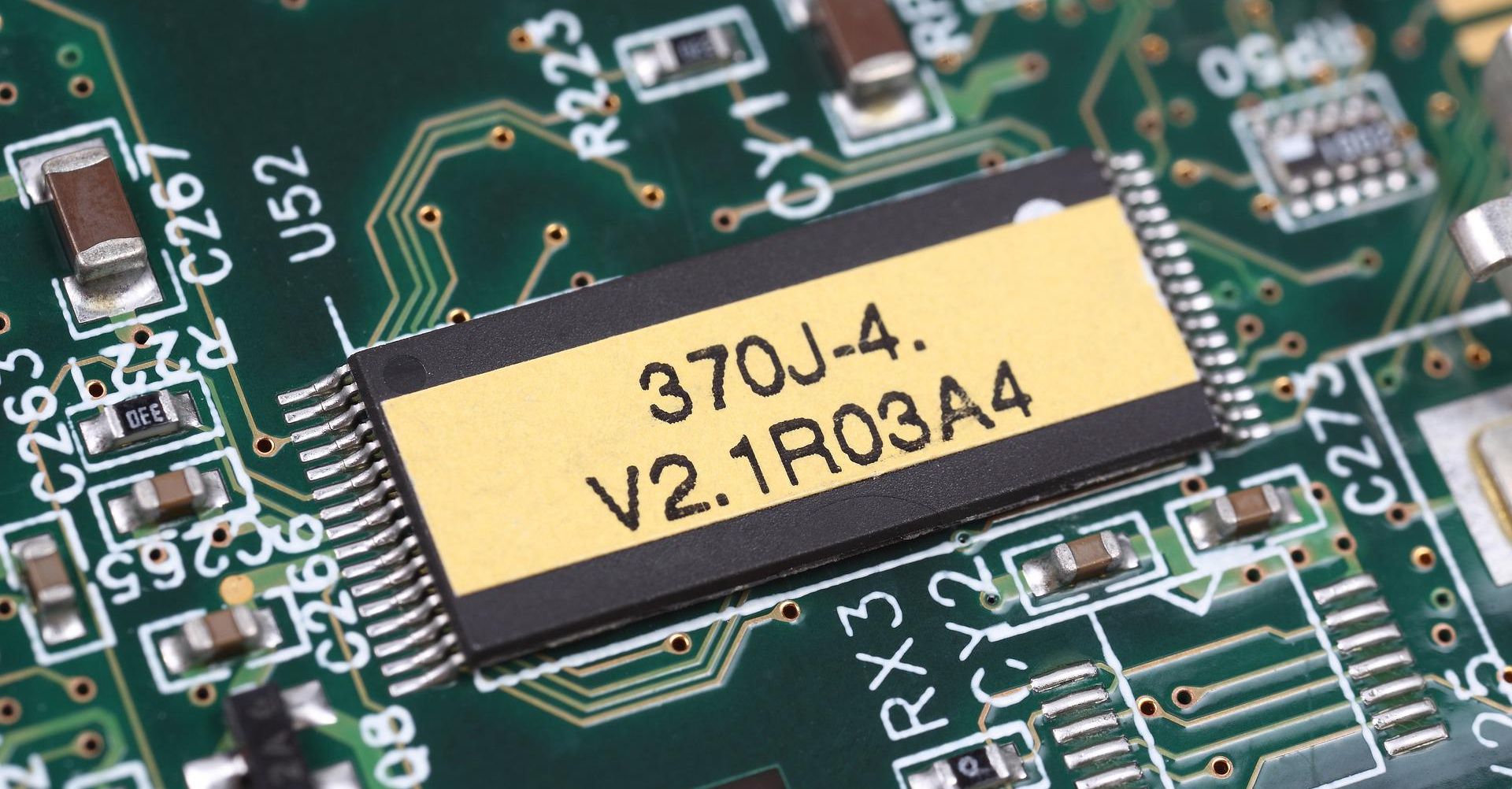Many elements go into the making of modern tech devices. Countless pieces of hardware, various kinds of software, and, of course, crucial firmware. While we know that hardware is an umbrella term for the physical parts of a device, the waters get a little murkier when it comes to differentiating between firmware and software.
So, what's the difference between firmware and software?
What Is Firmware?
First, it's important to note that firmware is a type of software, but it is called something else because it isn't the same as the software you're likely imagining.
The term "firmware" relates to software programmed on a piece of hardware, often a motherboard, but also routers, smartphones, and many other bits of tech that use an integrated circuit. Firmware essentially consists of an instruction set or code that determines how a piece of hardware operates. This kind of software uses low-level coding language (particularly C language) and doesn't tend to take up a lot of device memory.
Unlike software, firmware isn't designed for human engagement or the user experience. It's more practical and essential and works in the background to ensure that the physical elements of your device are functioning correctly. Firmware is a lot more permanent than software, and some devices go their entire life without ever receiving a firmware update.
However, the nature of firmware has changed over the years, and it is now easier to update your firmware than it once was. Though software updates are generally a lot simpler to carry out, it is possible to update your firmware, though you'll rarely need to do this on any given device. People generally update their firmware to fix bugs affecting their device's performance. Wi-Fi routers are a prime example of a device that can benefit considerably from a firmware update.
What Is Software?
"Software" is an umbrella term covering a very, very large group of programs. As mentioned previously, firmware is technically software, but it differs so much from common software that it has its own term.
Software is used to instruct a device on how to carry out tasks and determine how the user interface presents itself. There are two main categories into which software programs fall: application software and system software.
Unlike firmware, software programs use both low-level and high-level coding language. The most popular high-level languages used in software design are C++, Python, and Java. Some kinds of software are essential to a device's operation, and some aren't. System software, for example, is very important, whereas application software is often non-essential. You couldn't use your phone without your operating system, but you could without your social media or gaming apps.
If you use a laptop or smartphone, chances are you've carried out a software update before. Software updates are very common, as software is designed to be altered and improved upon. You may conduct one or two software updates a month on a given device, whereas firmware updates are few and far between.
Another key difference between firmware and software is that firmware is stored on non-volatile memory. Non-volatile memory refers to types of storage that retain data even when a device is not on. Examples include flash memory and phase-change memory (PCM). Volatile memory, on the other hand, needs a power source to store data. Software programs can use both volatile and non-volatile memory.
Firmware and Software Are Both Integral in Different Ways
Though numerous differences exist between software and firmware, both provide crucial instructions that allow a device to function correctly. You use software and firmware daily whenever you check your phone, update your settings, stream a movie on your laptop, or upload a post to social media. So it's safe to say that these two pieces of technology play a huge role in the day-to-day activities we carry out on our trusty devices.



